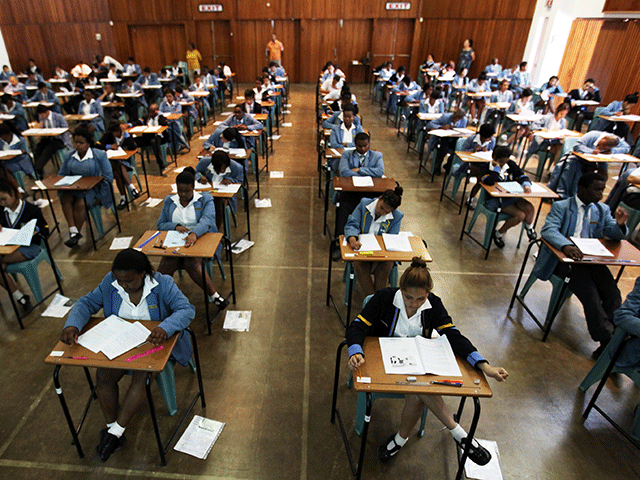News
Behind the Scenes of South Africa’s Matric NSC Exams: Security, Precision, and Seamless Delivery

How South Africa Runs One of Africa’s Largest Exam Operations
Every October to November, South Africa transforms into a massive hub of educational logistics as more than 920,000 matric candidates sit for the National Senior Certificate (NSC) examinations. Spread across 6,800 exam centres, the process is one of the continent’s largest coordinated operations, involving teachers, invigilators, markers, couriers, printers, and even police escorts.
Security and logistics: a tightly orchestrated operation
The Department of Basic Education (DBE) describes the 2025 NSC exams as running “seamlessly,” but behind that calm façade is a network of meticulously planned systems.
Exam papers are printed in secure, undisclosed locations, and transported under police escort to provinces and districts. On exam mornings, parcels are delivered to centres in sealed packages, ensuring no tampering occurs. Certain high-risk subjects are printed on tamper-proof paper, while distribution trucks are tracked via GPS.
Provinces operate command centres that monitor exam delivery, attendance, and technical issues in real time. Any disruptionsbe it protest activity, power outages, or transport delaysare addressed immediately through emergency protocols involving local authorities.
Lessons from the past
The DBE has improved systems after previous mishaps. In 2020, a leaked mathematics paper triggered a national uproar and criminal investigation, prompting tighter digital access and tracking systems.
Two decades ago, exam disruptions were far more common. Learners in Limpopo wrote under candlelight during load shedding, while heavy rains in the Eastern Cape once washed away bridges en route to exam centres. Today, digital monitoring and logistics planning have dramatically reduced such risks.
Technology meets tradition
Although most papers are still physically printed, technology now plays a key role in security and monitoring. A national examination computer system logs when scripts are received, scanned, and stored. At marking centres, electronic moderation and verification processes help reduce human error while maintaining fairness.
Even when papers are unexpectedly difficult, like the 2025 mathematics exam, which drew complaints from learnersthe Umalusi standardisation process ensures marks are adjusted statistically to prevent unfair disadvantage.
The numbers behind the operation
-
920,000 candidates registered nationwide
-
6,800 examination centres
-
9 provincial command centres
-
~7 weeks of testing
-
~40,000 markers involved post-exams
The scale is staggering, yet the system continues to run with military-like precision, a testament to years of planning, refinement, and investment in both technology and human resources.
Public reaction
Social media buzzes each year during exam season. While parents and learners praise the DBE for secure and orderly exam processes, debates flare about paper difficulty, especially for mathematics and sciences. X (formerly Twitter) is filled with posts like: “Exams went well logistics-wise, but Maths HL this year was brutal!”
A national achievement
South Africa’s NSC exams are more than just teststhey are a massive logistical and security achievement, balancing physical papers, digital systems, and human oversight. For the 920,000 matric candidates this year, it is the culmination of years of study; for the DBE, it is a carefully choreographed operation ensuring fairness, security, and efficiency at an unprecedented scale.
{Source: IOL}
Follow Joburg ETC on Facebook, Twitter , TikTok and Instagram
For more News in Johannesburg, visit joburgetc.com



























